Make Your Own Seed TapesI love seed tapes for lots of vegetables that are directly sown, but I particularly love them for those that have small seeds, which makes them hard to sow thinly. If I sow the seed too thick, I must then spend hours every summer thinning my plants, or I end up with skinny, stunted plants. My favorite vegetable to use seed tapes for is carrots, as I have difficulty getting these seeds thin enough when sowing. I have even tried mixing the carrot seed with sand and using a shaker to spread the seed more evenly, but I still end up with carrots too close together. The convenience and speed of planting seed tapes are also nice as you can just lay them down and top them with soil (just don’t try it on a windy day). The big disadvantage to seed tapes is that they are much more expensive than just buying the seeds alone. Additionally, the varieties you can buy them in are limiting. My favorite part of gardening is trying lots of different varieties, but generally, you can only get very common varieties in tape form. Although making seed tapes is time-consuming, I find that I prefer to spend my time in the late winter making my seed tapes, when I am less busy rather than taking the time to thin plants in the summer, when I am much busier. Plus, most gardeners I know have a hard time thinning as they hate to kill any plant. I found two common methods online to DIY seed tapes. One method is to use school glue and the other is to use a flour-water mixture. I tried the flour-water mixture first and it worked so well that I have never bothered to try the glue method. You will need toilet paper (either one-ply or pull the two-ply apart so you use one sheet), toothpicks or a paintbrush, a small container to mix flour and water in until you get a runny paste, and a tape measure. The steps are simple: The flour mixture is dotted out at set intervals and a seed placed in each dot (left). The flour mixture is placed along the entire bottom/side edge of seed tape to seal (center). Seed tape is folded over to seal it and labeled with the variety (right).
Last, some lessons I learned using seed tapes:
0 Comments
Leave a Reply. |
Details
AuthorIn 2016, my family and I moved from the New York City area to small town Wisconsin. Our move, this website and blog (and our previous Etsy store) is the result of our desire over the past several years to simplify our lives, increase our quality of life, reconnect with nature, and enjoy a more self-sufficient life. I grew up as a country kid in central Pennsylvania working on my grandfather's fruit farm and as a corn "de-tassler" at a local seed farm. My background is in biology where my love of nature originated. I am a former research scientist and professor and have now transitioned to a part-time stay-at-home mom, self-employed tutor, and small business owner. Thank you for taking the time to check out my site. Archives
July 2024
Categories
All
|
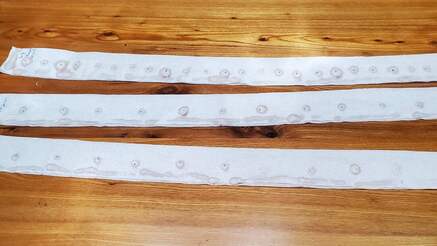
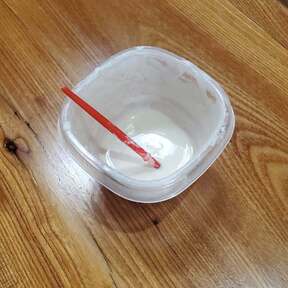
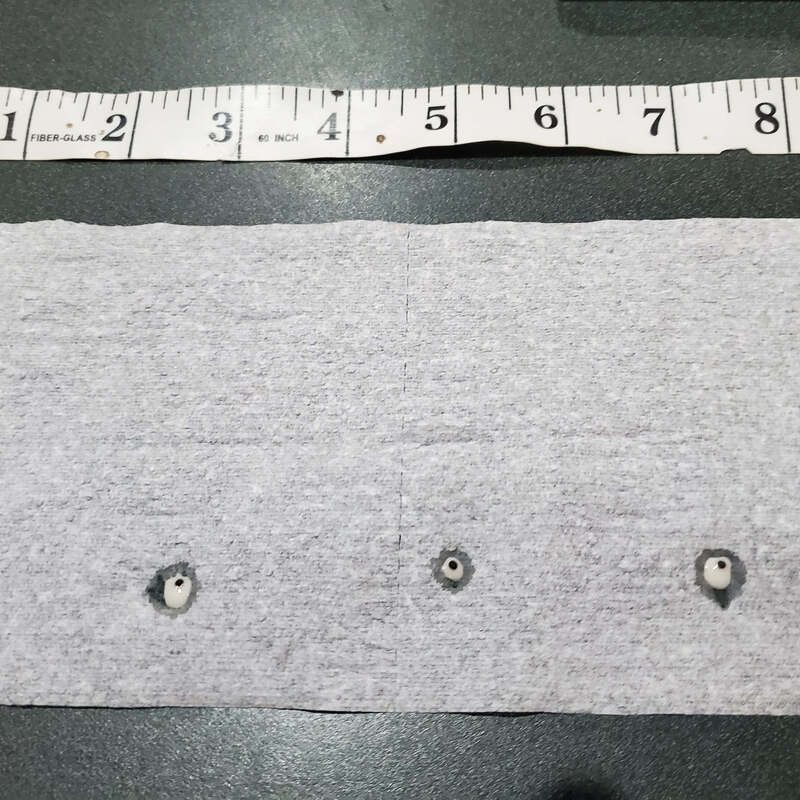
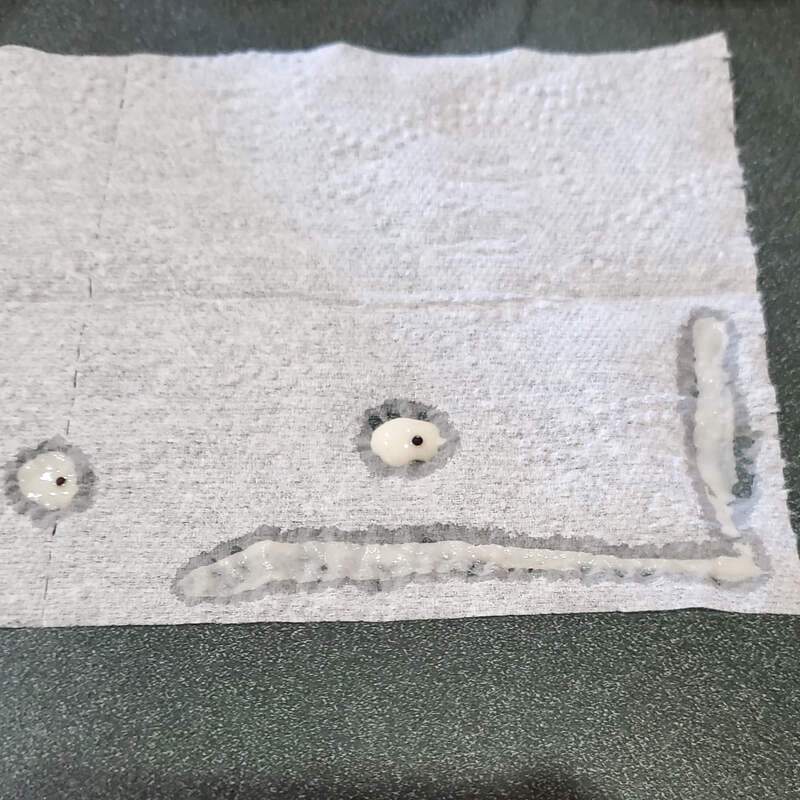
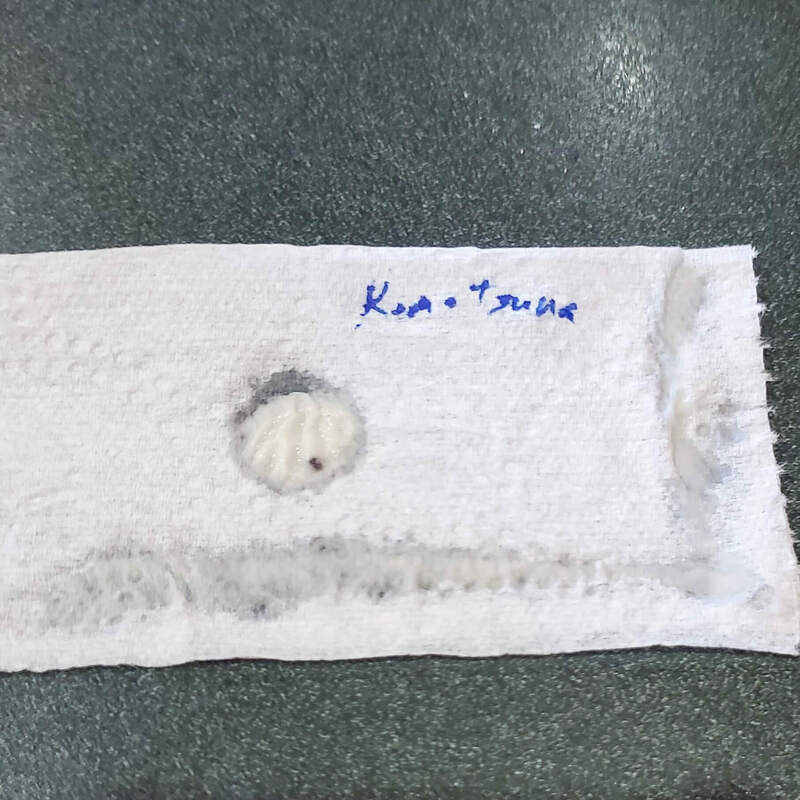
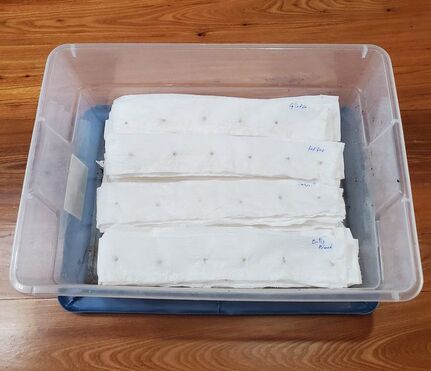
 RSS Feed
RSS Feed